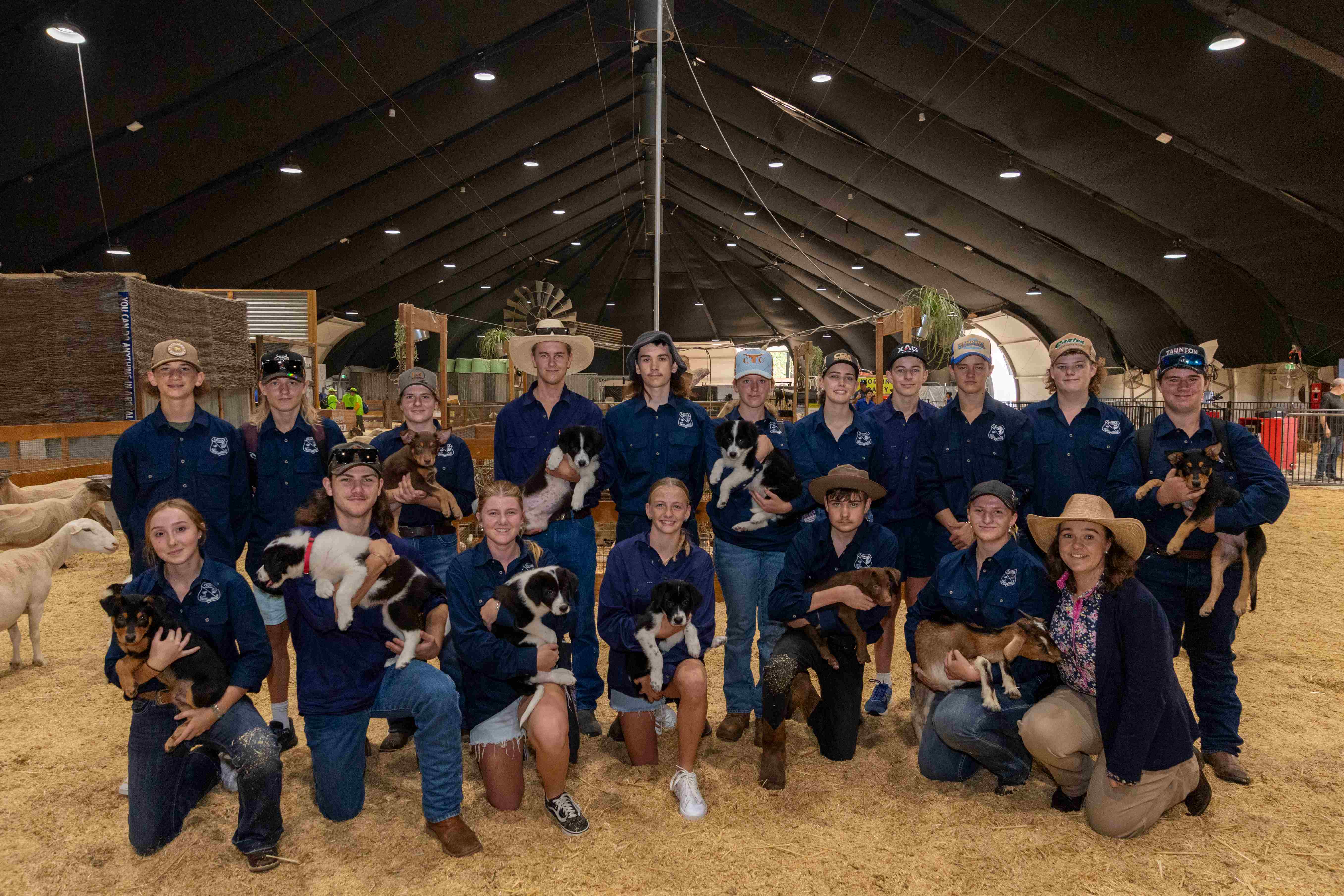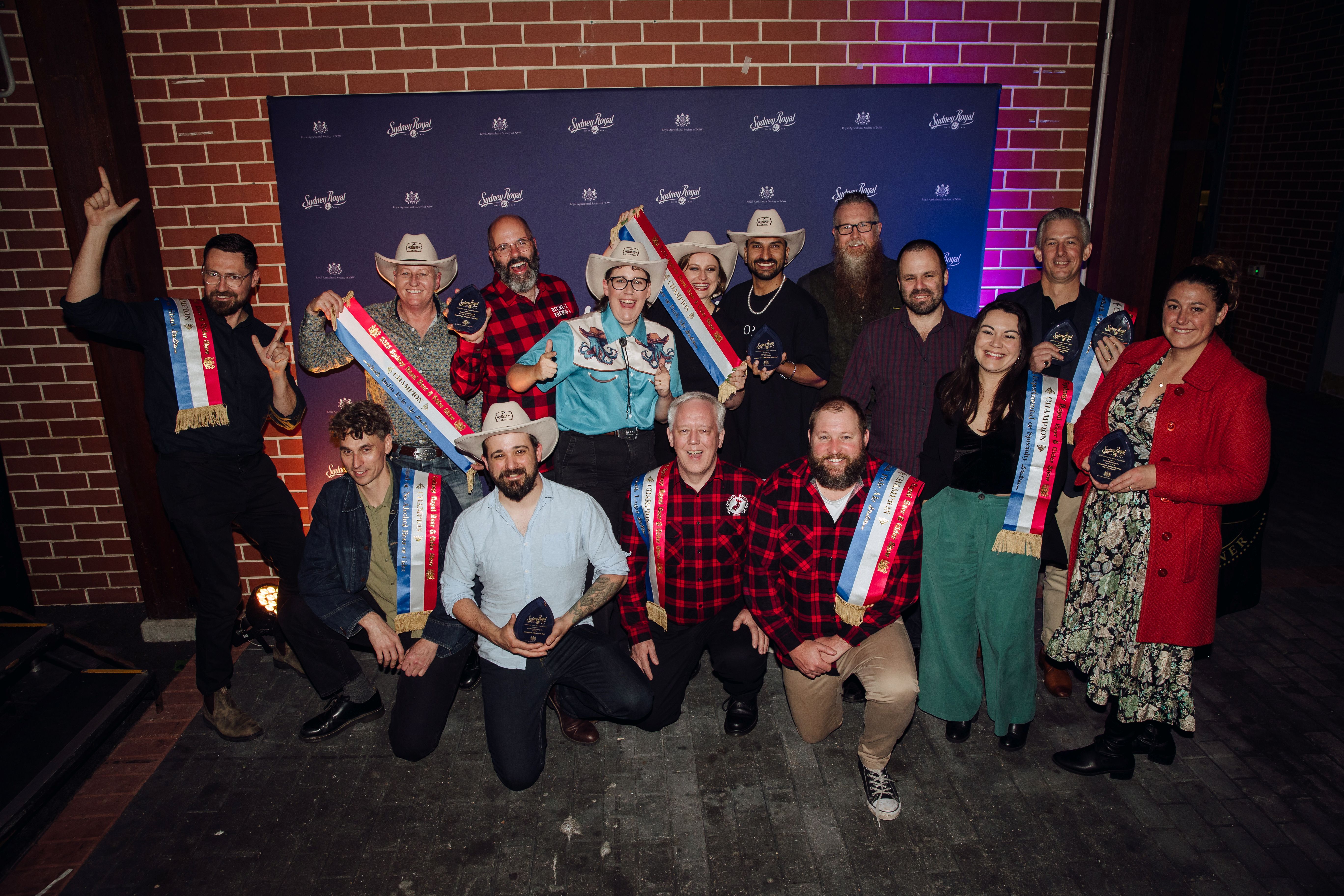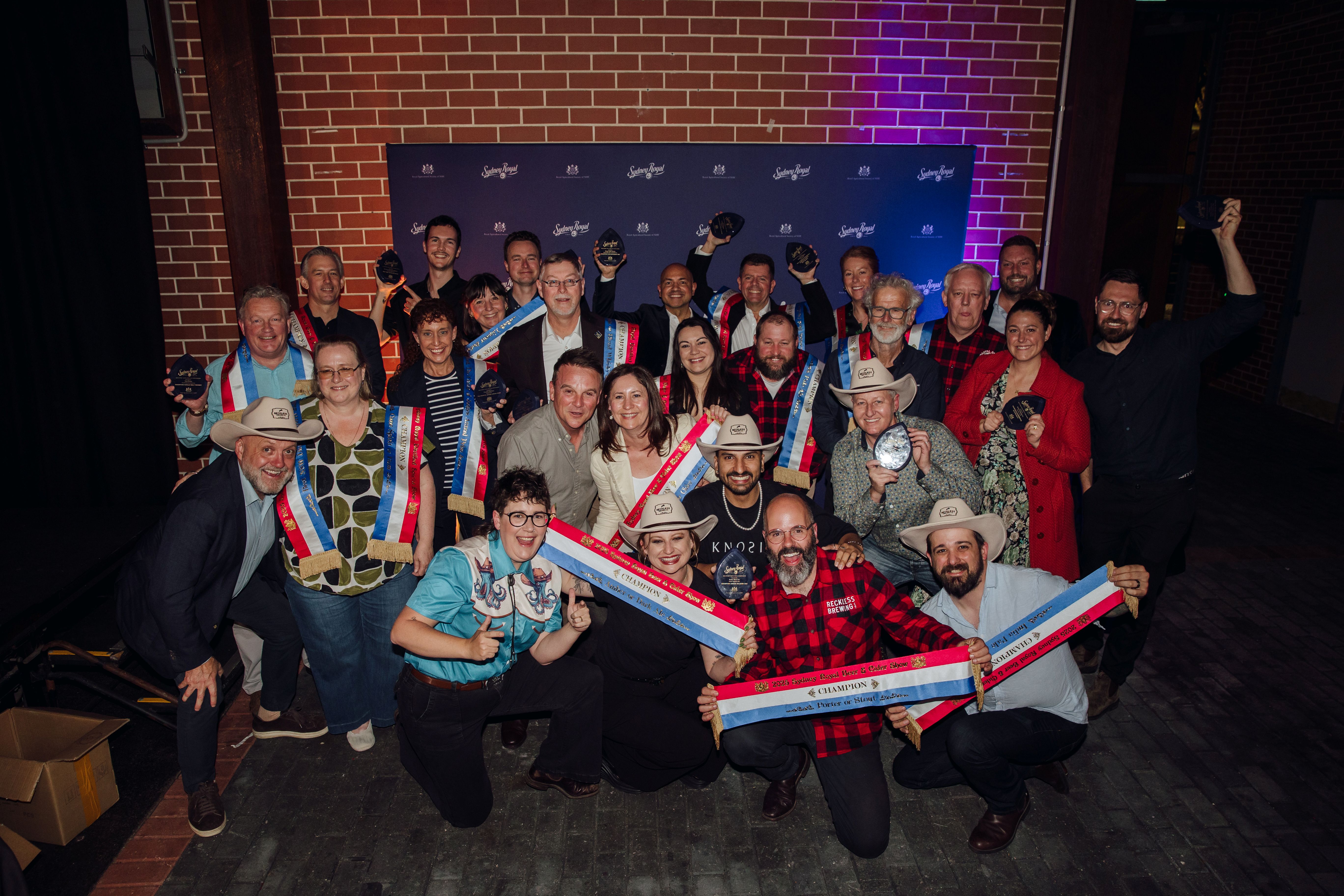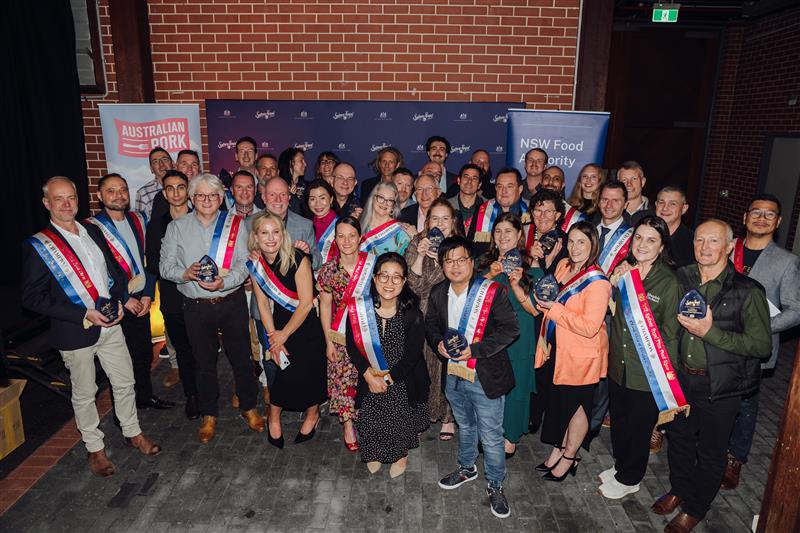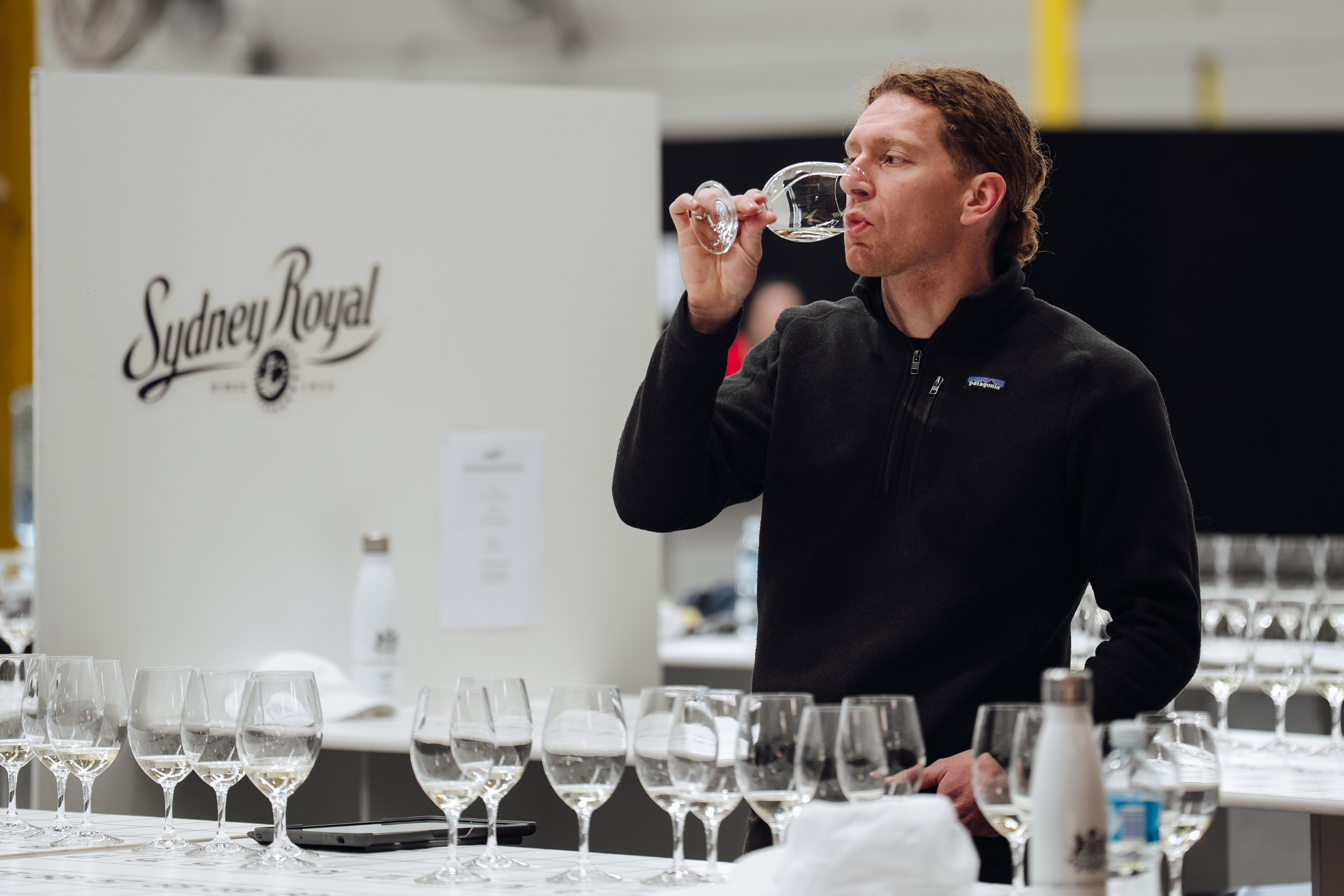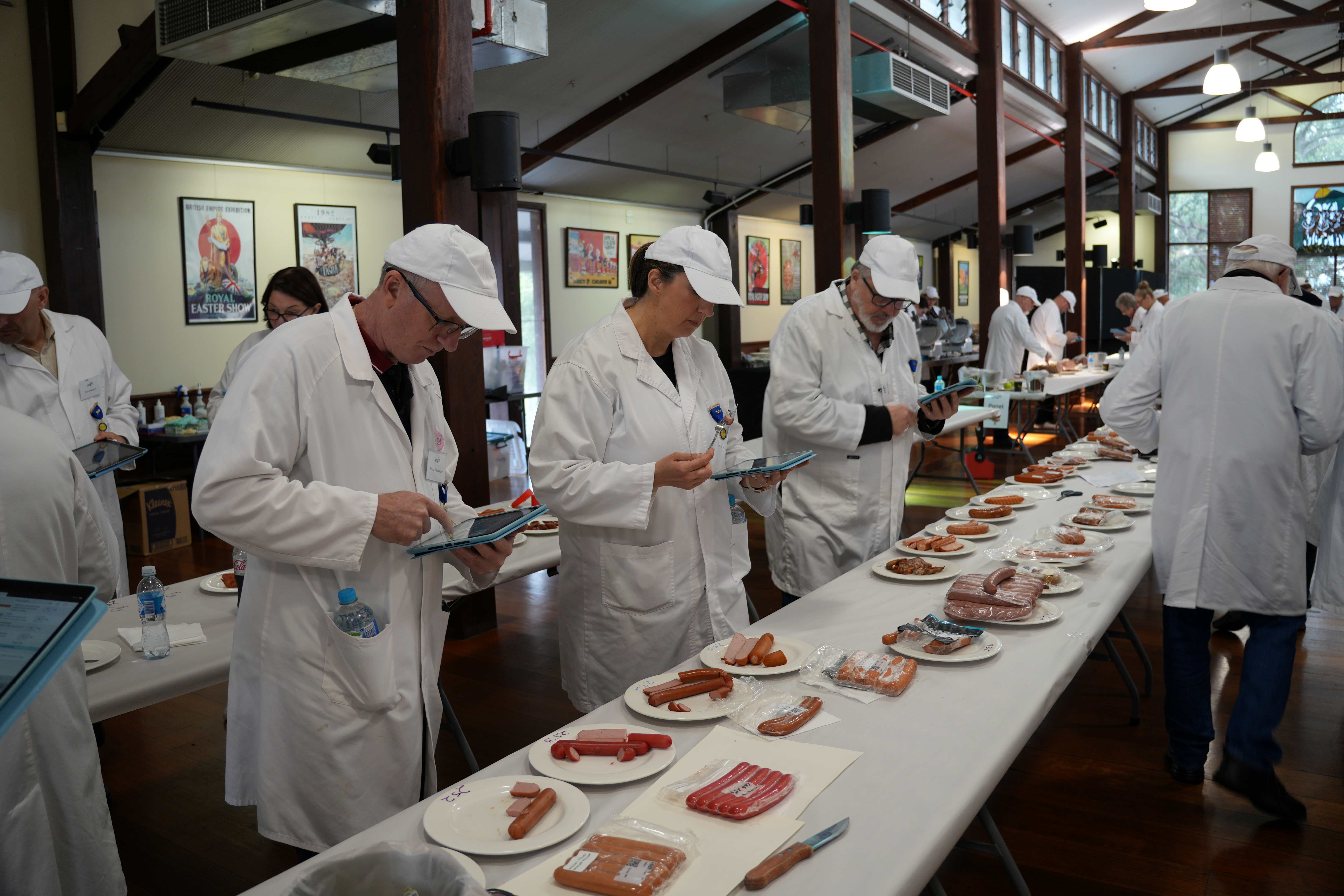Aquaculture industry going swimmingly
PHOTO: Petuna Group
WORDS: Sue White
Article first appeared RAS Times November 2016
Plenty has changed on Australia’s dinner plates over the last fifty years. But it’s not just been about a move away from the standard meat and three veg meal.
Instead, in less than half a generation we’ve seen a paradigm shift in the breadth of seafood Australians are consuming. What’s more, the change hasn’t simply been in the types of seafood we are just ‘happy to eat’, but the kind we are enthusiastically, actively seeking.
“When I was a kid growing up in Port Lincoln, octopus, calamari and pipis were bait. Now they are part of our popular culture,” says John Susman, Managing Director of seafood marketing company Fishtales.
The public’s willingness to experiment with different produce has had numerous flow-on effects for the seafood industry.
“We’ve seen an explosion in demand in the export market, an emerging demand in the domestic ethnic markets, as well as an explosion in food media…There’s been a confluence of influences resulting in a much higher level of awareness and understanding of seafood,” Susman says.
The result? The Australian aquaculture industry is generally deemed as being in good shape. The sector almost doubled its production in the decade from 2002-2003 to 2012-2013 (from 44,059 tonnes to 80,066 tonnes), and there are no signs of this steady growth stopping.
According to Fisheries Research and Development Corporation, aquaculture remains on track to be Australia’s major provider of seafood in the future. Even now, seafood is certainly having its moment in the sun.
“I look at restaurant menus and think that seafood boxes well above its weight by comparison to other proteins. In terms of general listings of entrees and mains, by per capita consumption it’s way below red meat, pork or chicken but it inhabits as many, if not more spaces on menus,” Susman says.
Susman (whose clients at Fishtales include fishing companies, private enterprises, government agencies and industry associations) is also Chair of Judges for the Sydney Royal Summer Fine Food Aquaculture competition. During his 16 years judging Sydney Royal, he’s seen another move that is impacting the industry – the trend towards provenance.
“Our signature competition is the oyster competition. Where oysters were once recognised as Mornay or Kilpatrick, they’re now identified by species, region and grower in much the same way wine is,” he says.
In today’s aquaculture industry, collaboration with researchers is typically welcomed. Given the stats, it’s an approach that will need to continue. According to the Fisheries Research and Development Corporation, aquaculture will be responsible for meeting the growing demand for seafood, given that there’s limited room for expansion within wild fisheries. The numbers at stake aren’t small fry – the FRDC says the extra billion global consumers expected by 2030 will need an estimated 25 million tonnes of seafood.
Big figures, yes. But the stats become even more interesting when paired with John Susman’s predictions about the industry’s future.
“There’s a growing awareness and appreciation for aquaculture. Plus, we have a new generation of growers coming into the producer world: they are young graduates coming out of the world’s marine schools. They’ve identified that there’s a new world order, and that they need to approach what they do with much more of a winemaker’s approach to production,” he says.
The end result to this new way of doing business is likely to be wins all round.
“Rather than necessarily producing a commodity seafood, they’re striving to produce the best in class,” Susman says.
Read more about sustainability and technology in the Australian aquaculture industry.
Australian aquaculture by numbers
• Aquaculture accounts for 43% of our gross fisheries production value (or 35% if looking at production volume).
• It’s one of Australia’s fastest growing primary industry sectors.
• Production value of aquaculture in NSW? $48 million. In Tasmania? $520 million.
• Top species (highest production value first): salmonoids, tuna, edible oysters, prawns.
Source: Fisheries Research and Development Corporation

